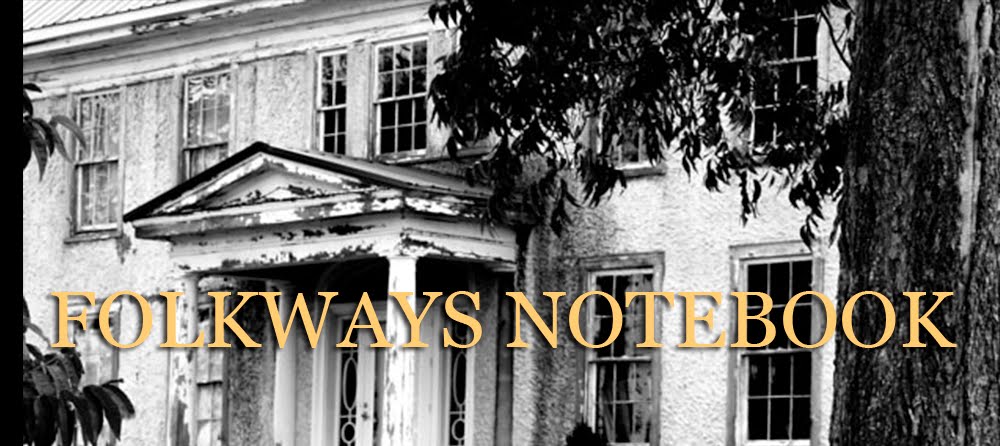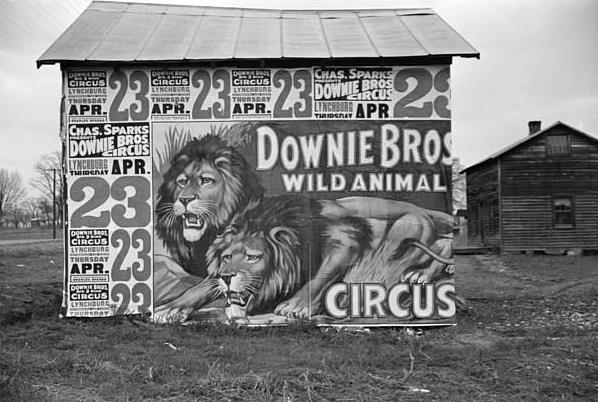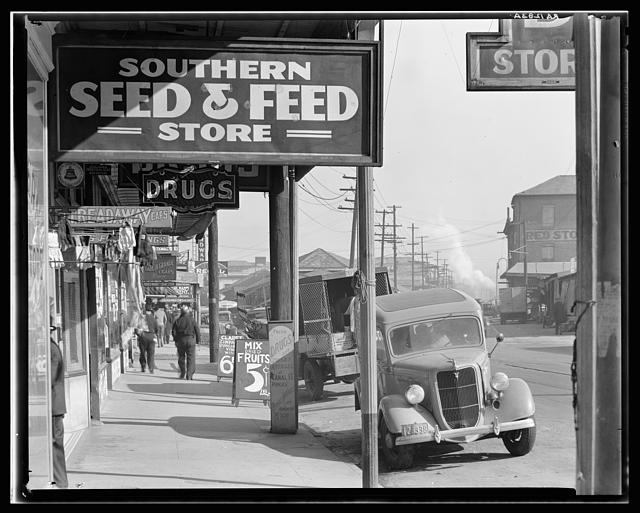The late day sun casts bare tree shadows on my home as I contemplate the work ahead for me. I have made a decision to move to Utah after long deliberation. Kentucky is a natural paradise that abounds with all types of fantastic wildlife. It has been a good place to nurture my interest in all things wild. Also, it is a treasure chest of folkways that I have attempted to record in part through images and a few words. I will miss this place as I am now in my fifth year of living here.
But, most of my family members are now living in the west, Utah and Oregon, and there are no more members in this part of the country. And, I have a great love of the west with its grandeur of mountains and varied landscapes. This will be an opportunity to explore cultures of ancients, wildlife, and folks. Hopefully it will open a multitude of new views for my layperson's photography.
Above are rocks that I have picked up along the many roads I have traveled in the U.S. over the past twenty-one years. I think there are only about five states that I have not visited. I consider these rock fragments -- my fetishes. I use the native American interpretation of fetishes -- being sacred objects for spiritual awakening and to communicate with supernatural powers providing protection, promote healing and ensure success in ventures.
Of course -- the runway ahead can be a really long one before I take off with my dog Sal. Sales of houses are slow and low. In the meantime I have plenty to do around the house and property -- trying to get it on the market in March.
I will continue with FOLKWAYS NOTEBOOK when I finally make it to Utah. I plan on bringing a whole new western palette to my blog.
But for now everything is as usual with my postings. No changes. Except for me feeling completely overwhelmed!














